Nestled in the heart of Erbil, the capital city of the Kurdistan Region in Iraq, the Old Bazaar—or as the locals call it, Qaysari Bazaar—offers a unique blend of history, culture, and commerce. This isn’t just a marketplace; it’s a living testament to Erbil’s long-standing heritage, a city that has been continuously inhabited since the 8th century. Yes, you read that right: the 8th century. In fact, Erbil is one of the oldest cities in the world with human settlement dating back to at least the 23rd century BCE, and the Qaysari Bazaar is an integral part of this enduring legacy.
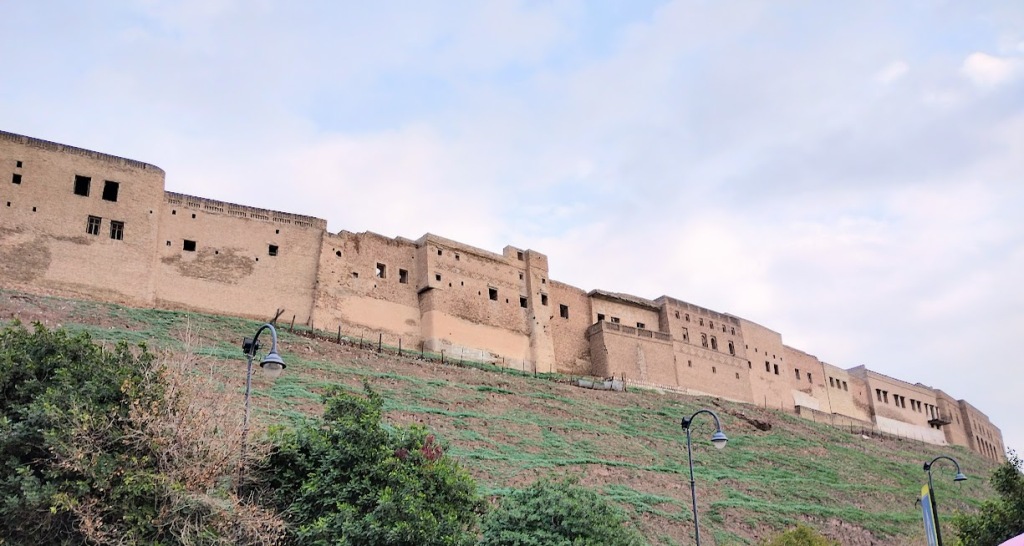
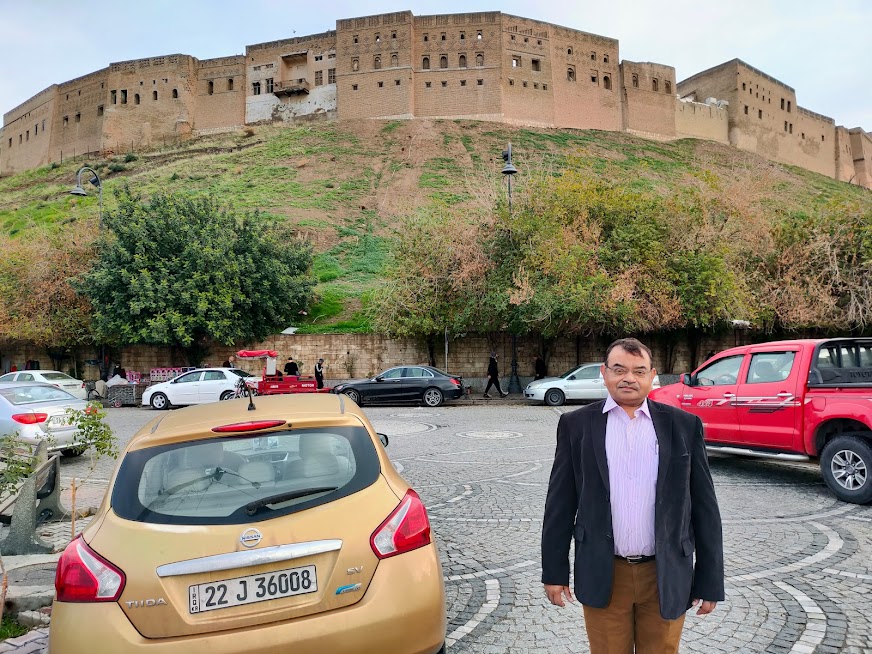
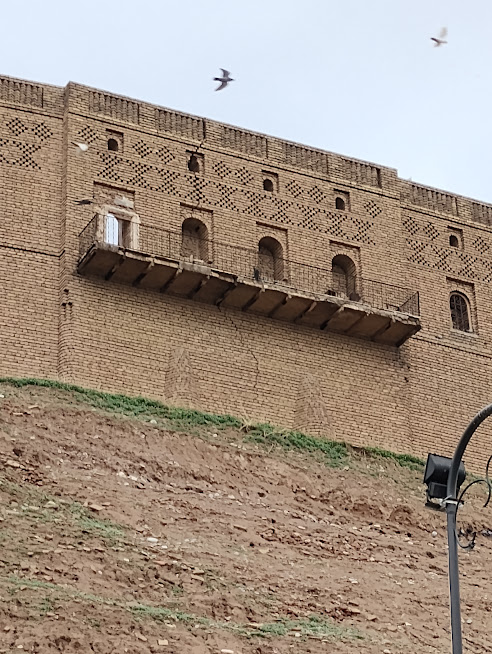
Walking through the bazaar, you’re not just observing a market; you’re taking a stroll through history. The area itself has evolved over thousands of years, first emerging as a marketplace in ancient times. Given Erbil’s strategic location on trade routes between the East and West, the Qaysari Bazaar quickly became a central hub for merchants and traders. Over time, it morphed into a melting pot where cultures and goods from the Assyrians, Babylonians, Persians, Greeks, Arabs, and Ottomans all converged.
During the Ottoman Empire’s rule, the bazaar flourished even further. The Ottomans contributed not just through trade but also through architecture, building caravanserais and intricately designed alleyways that still stand today. These historical contributions have given the bazaar its distinctive character—one that blends antiquity with modernity.
A Walk Through History
As you wander through the bazaar’s narrow, covered streets, you’re immediately enveloped by a sensory overload. The distinct scent of freshly baked bread wafts through the air from local bakeries, mingling with the smoky aroma of kebabs sizzling on street-side grills. It’s a feast for both the eyes and the soul. Everywhere you look, there’s something to capture your attention—a glittering display of traditional jewellery, intricately woven carpets, colourful textiles, and unique handicrafts.
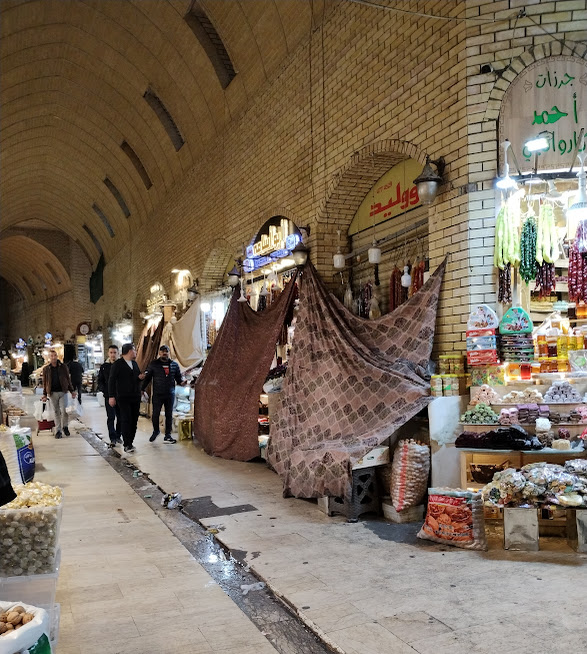
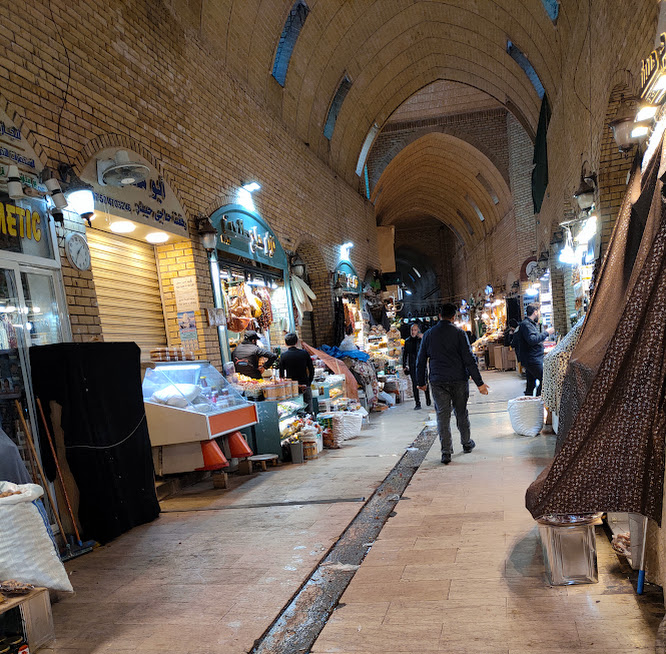
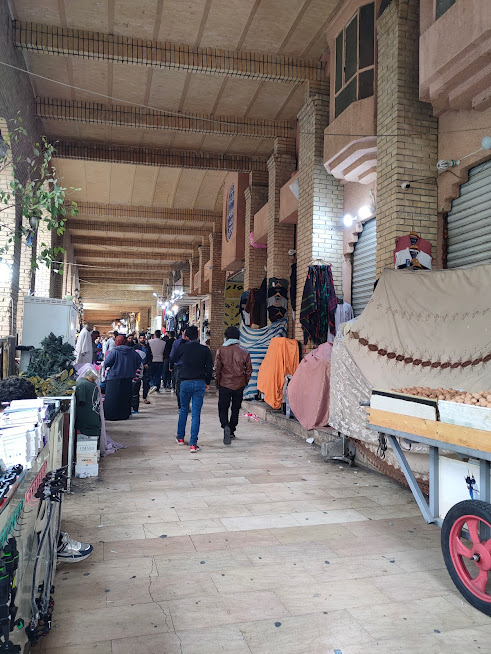
I can still remember the first time I entered this ancient marketplace. The vivid colours of the goods on display were so mesmerizing. The soft, rhythmic clang of copper artisans hammering away at their creations filled the air, reminding me of the craftsmanship that has been passed down through generations. It’s not just the products on sale that make this place special, but the artisans themselves, their hands telling the story of an age-old tradition.
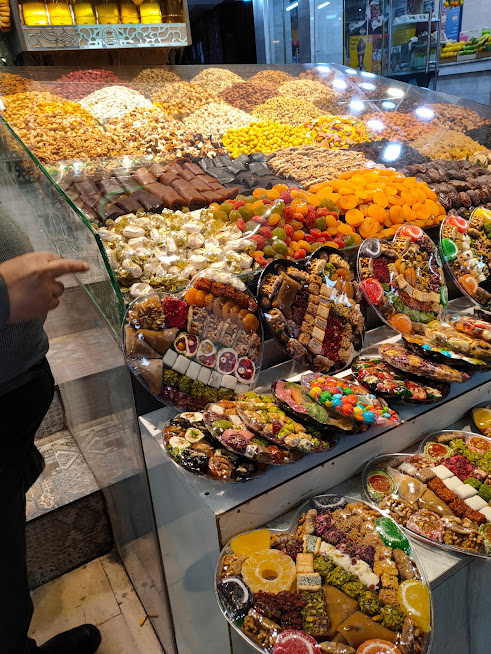

What struck me most, though, was the warmth of the people. The locals—shopkeepers, traders, and artisans alike—are incredibly welcoming. I remember chatting with one particularly friendly vendor, who told me about the rich history behind the silver jewellery he was selling. It was a conversation that added so much depth to my experience, turning a simple purchase into a connection with the culture.
A Cultural Tapestry
Beyond the shops and stalls, the Qaysari Bazaar serves as a living cultural hub. It’s not uncommon to stumble upon impromptu performances of traditional Kurdish music or watch artisans demonstrate age-old techniques. These spontaneous moments add another layer of authenticity to the experience, reminding you that this is a place where traditions are not just preserved but actively celebrated.
And if you’re a foodie like me, the bazaar offers an irresistible opportunity to indulge in the flavours of Kurdistan. From the tantalizing scent of freshly baked kubba to the sweet, rich taste of baklava, the food is as much a part of the cultural journey as the crafts. For me, there’s something incredibly special about enjoying a plate of kebabs while seated in one of the open-air stalls, surrounded by the sounds and sights of the market. It’s the kind of experience that makes you feel more connected to a place than you might have expected.
A Seamless Blend of Past and Present
Visiting the Qaysari Bazaar isn’t just about shopping—it’s about experiencing a piece of history and culture that has stood the test of time. The bazaar may have adapted to modern demands, but it still retains its timeless charm. Some parts of the market have been lovingly restored, ensuring that the stories of the past live on while meeting the needs of today’s visitors.
Whether you’re a history enthusiast, a lover of traditional crafts, or simply a curious traveller, a visit to the Qaysari Bazaar is an unforgettable journey. The past and present intertwine effortlessly here, inviting you to immerse yourself in the vibrant tapestry of Kurdish culture, hospitality, and heritage.
Next time you find yourself in Erbil, don’t just visit the Qaysari Bazaar—experience it. Let its sights, sounds, and stories take you back in time, and maybe, like me, you’ll come away with more than just a souvenir, but a deeper connection to the rich heritage of the region.


Beautiful! Inviting! Even the floor in one of the pictures looks exquisite.
LikeLiked by 1 person
Yes, sir. Thanks.
LikeLike
Wow! Amazing experience.
LikeLiked by 1 person
Thanks, Sanchita.
LikeLike
Interesting history. It’s good, Indrajit, that you were there.
LikeLiked by 1 person
Thanks, Nilanjana.
LikeLike